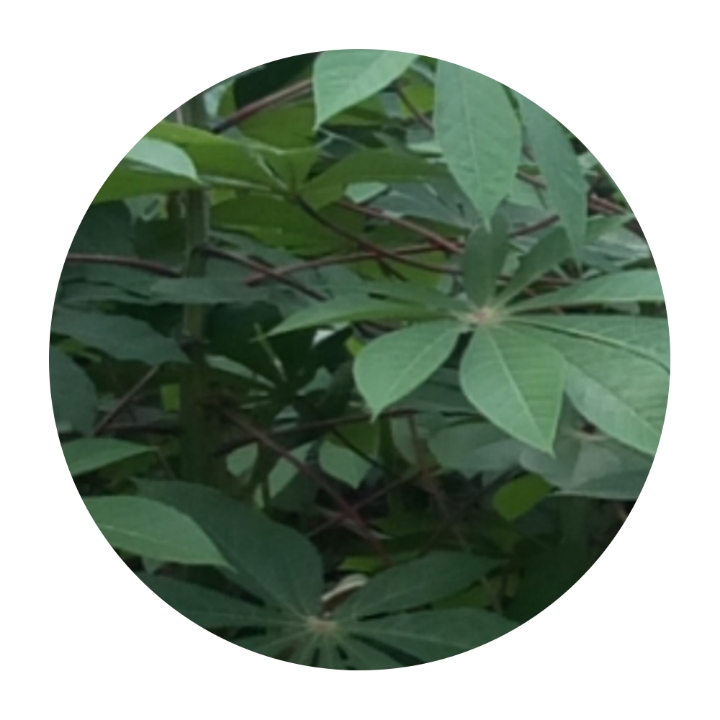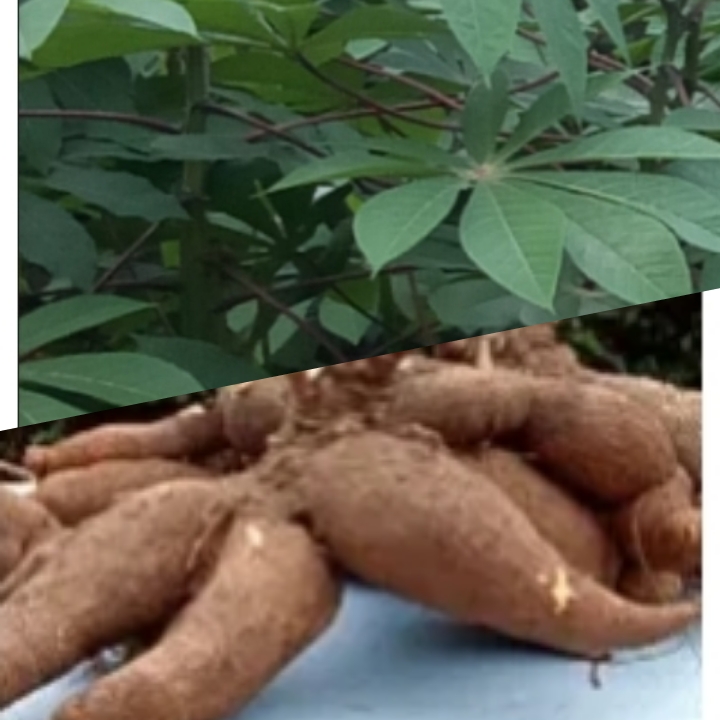Search Contents
Uses and Health Benefits of Eating Cassava Leaves (Yuca Leaves)
Hi, let’s talk about cassava or Yuca leaves and their uses. We will be discussing the uses and health benefits of eating cassava leaves.
The first time I came across this type of article about eating cassava leaves and the nutritional benefits, the first thing that came to my mind was: “are cassava leaves for eating too? I know that this is what will be on anyone’s mind-reading this for the first time.
Cassava leaves I know are for animal feed. We collect it and prepare it for animal feeding. Even, some cassava leaves are very poisonous. It kills any animal that feeds on it instantly.
Animals like goats, sheep, and cows like to feed on cassava leaves. Especially the goats, whenever they see a farm with cassava stems, they will run into it for feeding.
However, we have been warned never to let the goats feed on the cassava leaves because of its tendency to kill them. Before the leaves are given to them, they were kept under the sun to be heated by the sun.
But we are not here to talk about cassava leaves and the goats or any other animal. We want to talk about human uses and Health Benefits of eating Cassava Leaves
Uses and Health Benefits of Eating Cassava Leaves
Cassava
Yuca or Cassava roots (cassava tubers) are well known around the world as a food source, but the leaves of the plant are also full of nutrition, especially it is rich in protein. Note, another word for Cassava is Yuca.
Cassava is not unpopular in many countries of the world. It grows in Africa, the Caribbean, India, Europe, South Pacific, Central and South America, Asia, Florida, Southern Texas, Southern US, Indonesia, and many other places in the world.
It is a growing staple food that can feed the starving people of the world. Most Westerners know cassava as the tapioca plant. The roots or tubers are made into tapioca for your tapioca pudding… and the cooked roots taste a lot like potato… wonderful.
In Nigeria, Cassava tubers or roots are processed into different kinds of food according to tradition and culture, Garri being the most popular. The Yorubas, make Amala or Fufu out of Cassava roots, the Igbos make Akpu out of it.
Another rich food made out of Yuca roots or tubers is the one most cherished by the people of Eastern Nigeria known as African salad or Abacha. Abacha is known as “a local condiment of soaked Tapioca“
Some people who do not like this condiment of soaked tapioca, prefer theirs plain. They eat the white processed water cassava with coconut or palm nut (Abacha mmiri). This is actually my favorite, yummy!
Growing Cassava
Growing cassava is not a big deal as long as you have a land that is fertile. many have also learned to grow it just about anywhere that has sandy or loamy soil, good drainage, and warm climates. And cassava will grow in pots on your patio and in greenhouses.
It is not like grain plants like maize and beans that need seedlings, cassava is planted in the stem. You need to get a mature stick or stem of cassava and cut them into dwarf hands length.
Check for how the stem was when it was still unharvested and face the cut stems that way when you are dipping it into the soil. If you don’t check it, you may plant it upside down.
Meanwhile, cassava plants don’t seem to have many pests.
So, it thrives just about anywhere even in the poorest of soils. Just take a cutting of the stem of the plant, place it in the ground and it will root down and grow. For cassava roots to be large and full of nutrition it takes about 24 months.
However, this depends on the species of the cassava. There is a cassava species that will be reading for eating in 6 months. But the leaves are always ready right away.
Uses and Health Benefits of Eating Cassava Leaves
Cassava Leaves

One thing you must know about cassava leaves is that it contains acid that is high in hydrocyanic which is poisonous. Now, you know the reason why animals die sometimes when they consume it.
So, it is advisable that the leaves should be cooked before eating them. There are other foods that we eat that contain the same poisonous property as cassava roots and leaves but we cooked them before eating them. That way, they never harmed us.
Foods like kidney beans, raw green potatoes, unprocessed cashew nuts, etc. These too contain hydrocyanic acid which is poisonous. But we cook them before eating. The same should be applicable to cassava leaves.
When cooked, the acid disappears. Cooking or heating under the sun removes the acids in the cassava leaves. I am not recommending heating cassava leaves under the sun for human consumption.
‘
Cassava or yuca leaves must be cooked for at least 10 minutes. Again, be sure to discard the water the leaves are boiled in. That is when the leaves are boiled, remove the leaves and discard the water.
For those who are yet to eat boiled cassava leaves, it does not have a specific taste. In fact, it has a plain taste and absorbs the tastes of other ingredients. You can spice it up as much as you want but don’t expect to get a better taste from the ingredients.
Borrow this proverb from me whenever you want to eat cassava leaves: “the sweetness of boiled cassava leaves is in the nutrient it provides”. Hahaha!
Does it sound funny? That is what I tell my children whenever they frown their faces at the boiled cassava meal. It is just a way of telling them to continue eating it because of the health benefits.
Uses and Health Benefits of Eating Cassava leaves.
-
High in Protein
Cassava leaves are a great protein source. 100 grams of cooked cassava leaves provides about 3.7 grams of protein which is pretty good for a green leafy veggie. And the leaves contain different types of proteins comparable to eggs and soybeans.
It also contains lysine, isoleucine, leucine, valine, and lots of arginines which are not common in green leafy plants.
The amazing protein content of cassava leaves is also comparable to sweet potato leaves and peanut leaves, and up to 10 times more protein is found in cassava leaves than in the roots.
-
Carbs
The carb content of cassava leaves is about the same as snap beans and soya beans.
-
Low in Calories
100 grams of cooked cassava leaves only contains about 37 calories making it great for weight loss… and they just about fat-free.
-
Fiber
Cassava leaves contain a good amount of fiber that promotes the growth of probiotic bacteria and thus boosts immunity… and fiber alleviates constipation. The fiber content of cassava leaves is comparable to that of beans and lentils… wonderful!
-
Source of Vitamins
According to an article by organic.ng on Cassava leaves, the vitamin content of cassava leaves is comparable to that of carrots which are great for maintaining great health. It contains Vitamin C, a powerful antioxidant for helping to prevent cardiovascular disease, strokes, and cancer.
Also, B Vitamins for good mood, vitality, and metabolism. Beta Carotene is a powerful antioxidant that prevents cancer and prevents and repairs DNA damage. This is too is found in cassava leaves.
There is Potassium in it for water regulation and cardiovascular health, phosphorus and calcium for strong bones, iron and copper for anemia, zinc for a strong immune system, and magnesium and manganese for strong bones and enzyme production.
-
Minerals
The mineral content of cassava leaves is comparable to that of liver and eggs which is really great.
Summary on Uses and Health Benefits of Eating Cassava Leaves
Thanks for reading. Please, share this post and subscribe to our notification to receive a notification when we publish new posts.




